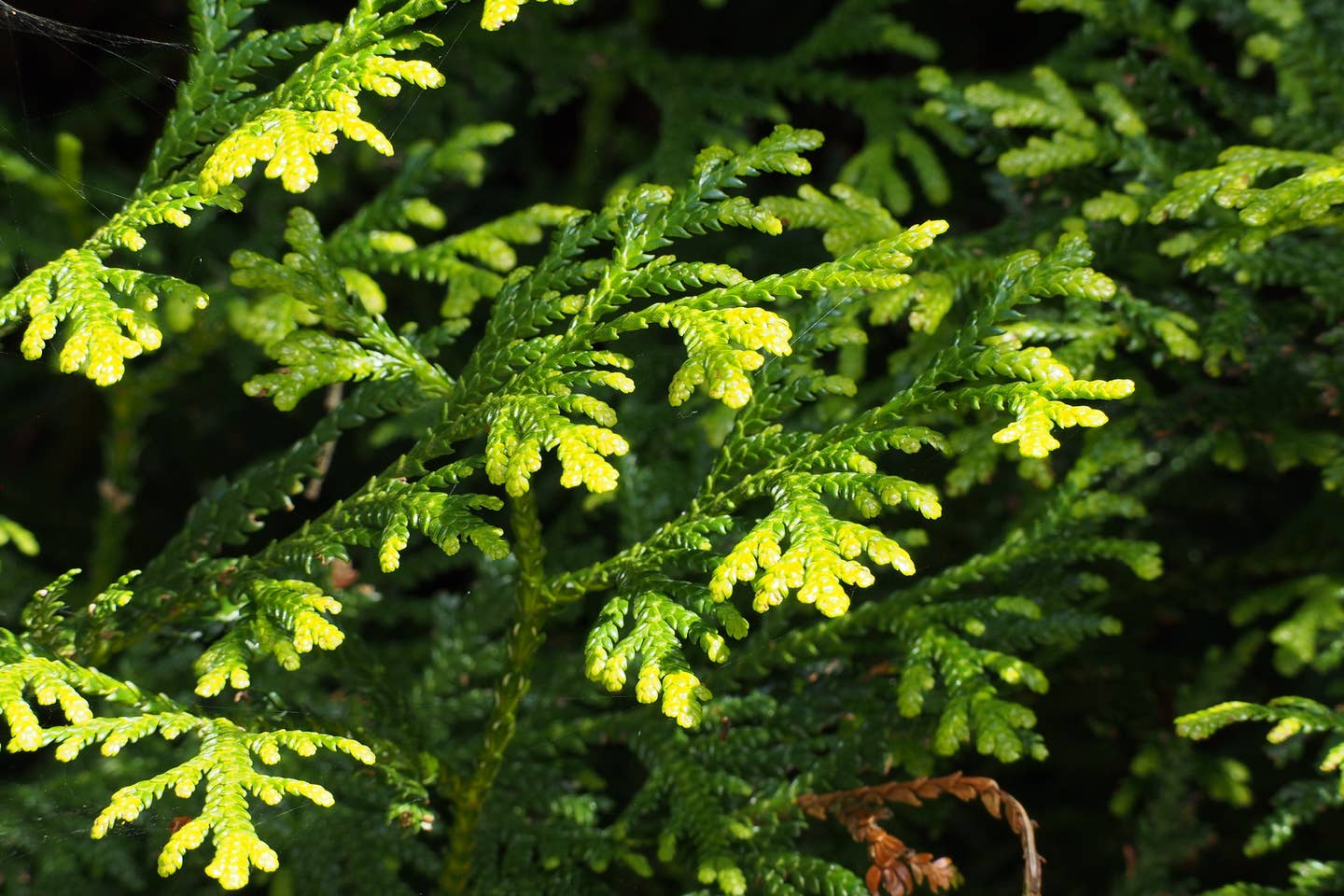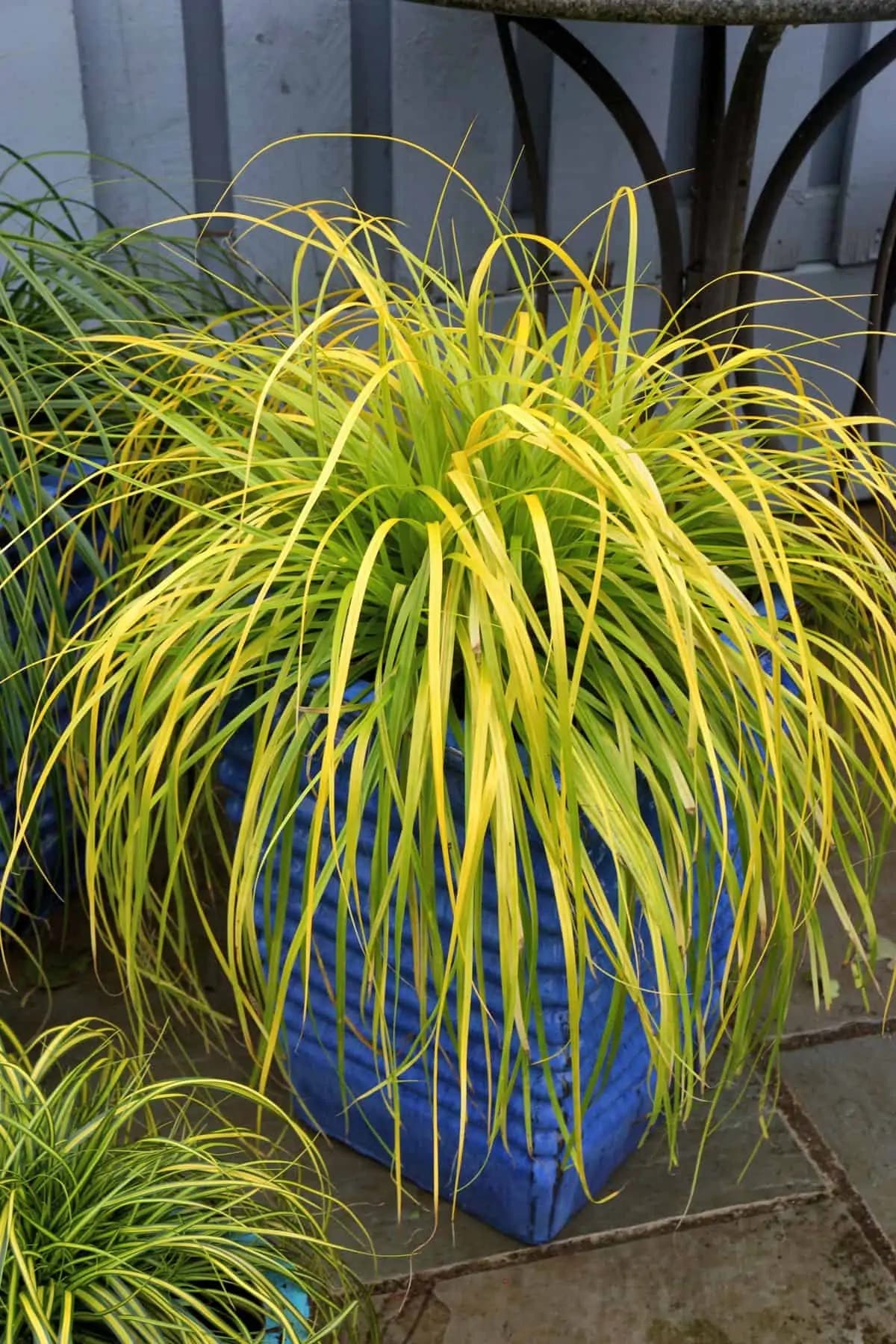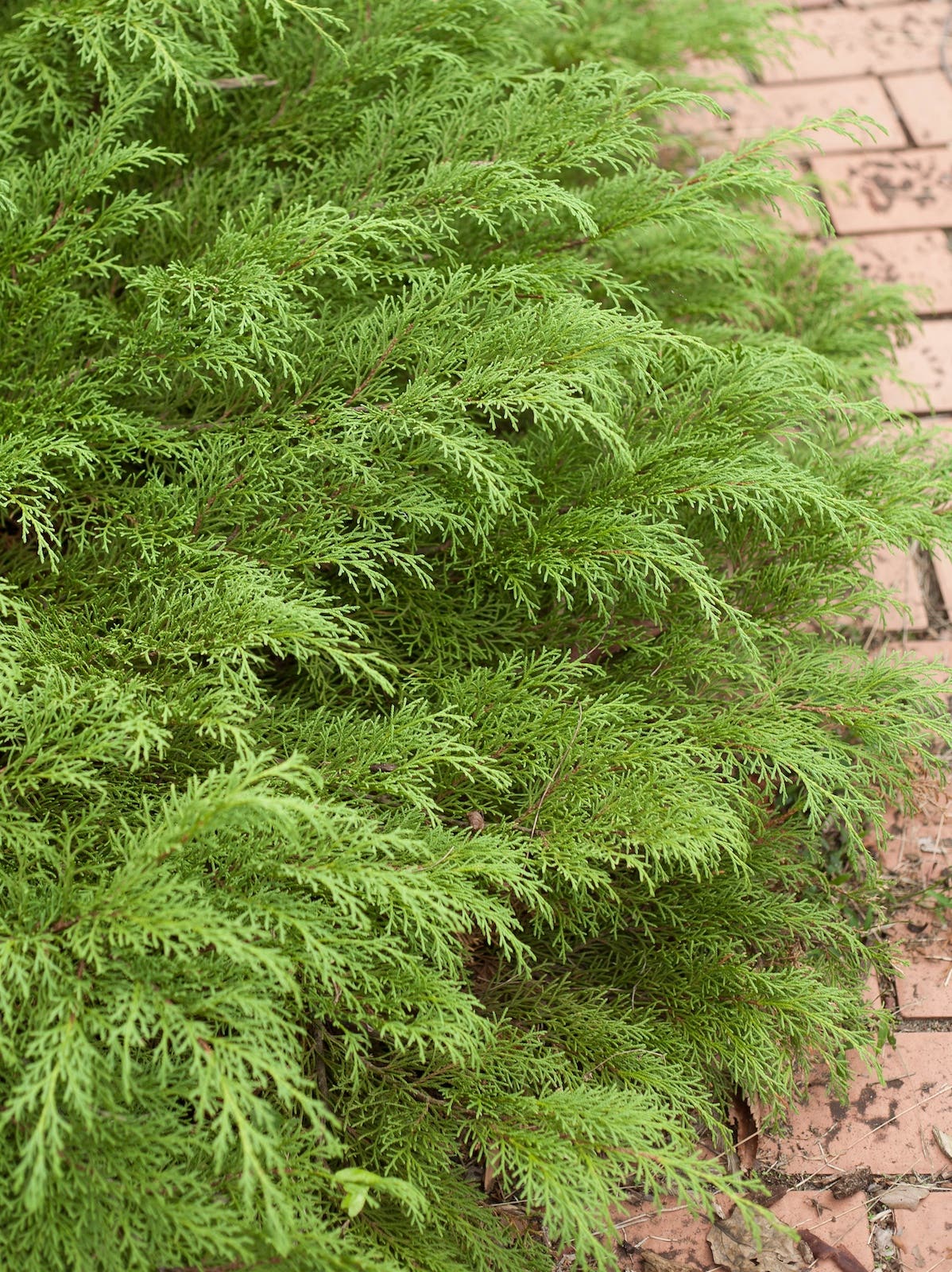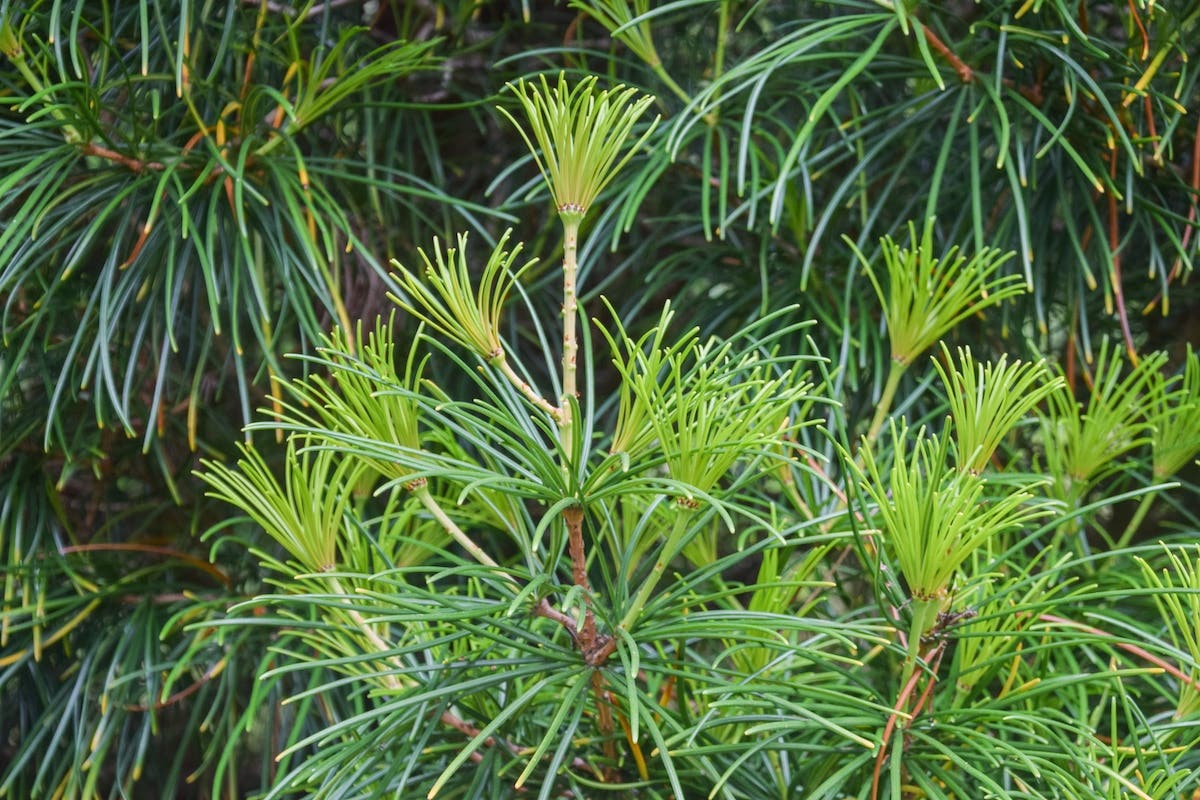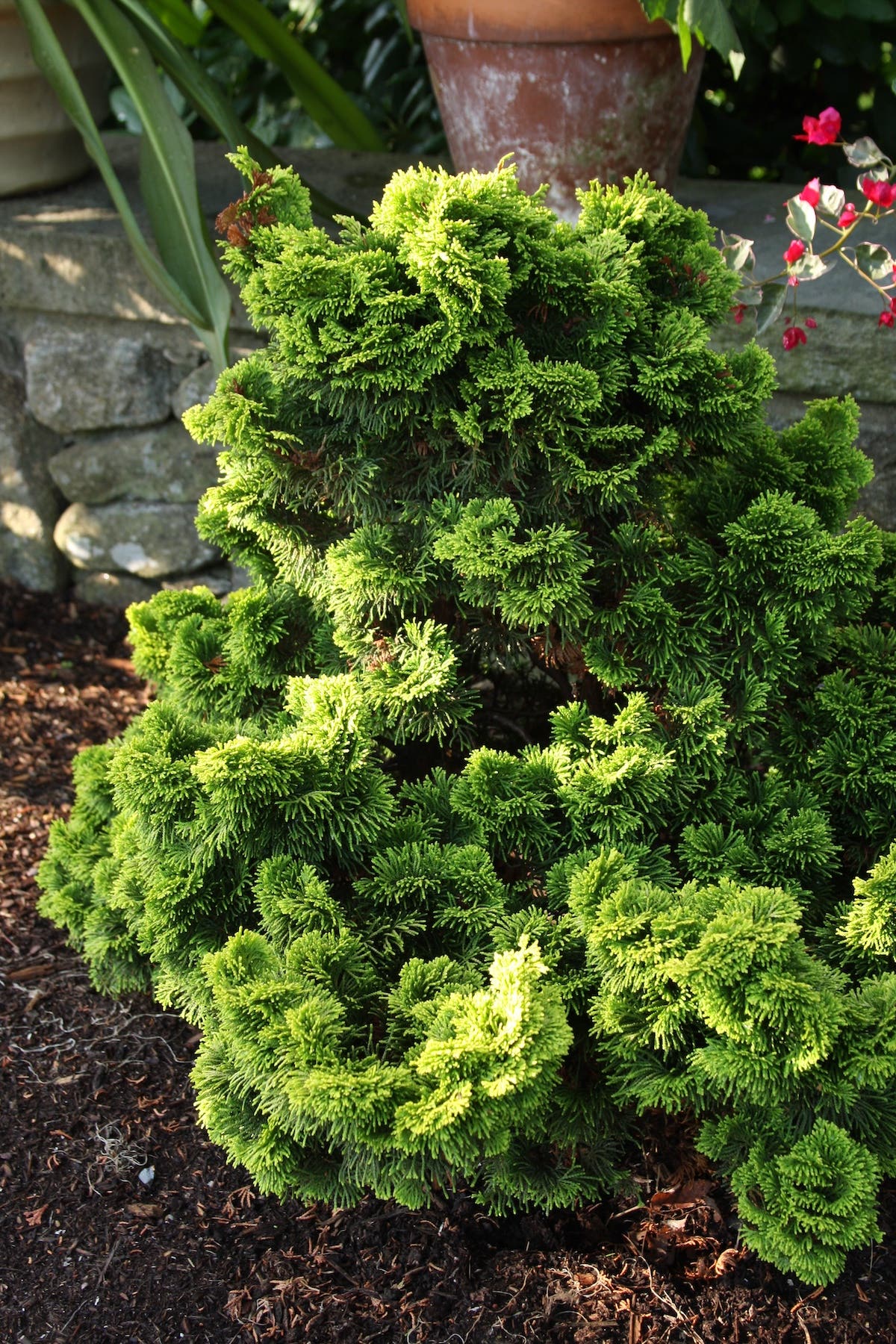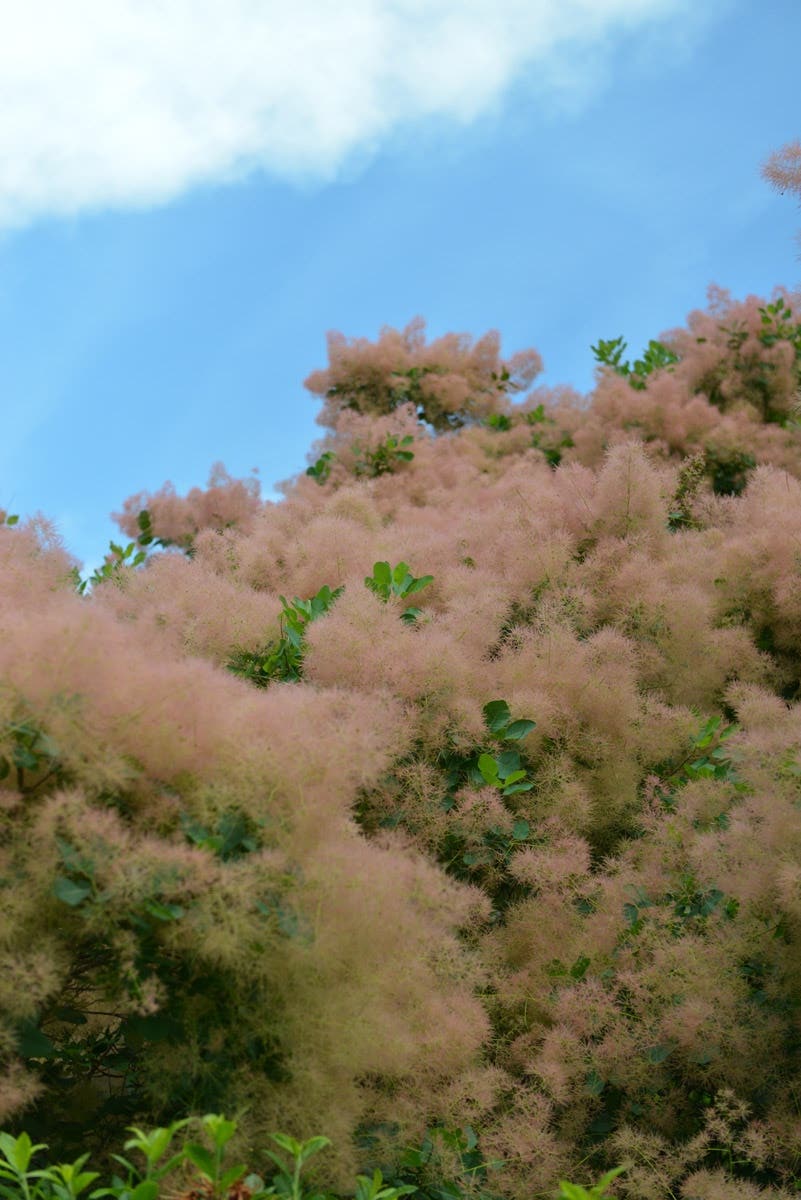Today’s Low-Maintenance Roses
It’s easy to spot the low-maintenance roses of yesterday. They’re the ones that are still here, planted by some long-gone gardener, growing and blooming even as new families—and interest in gardening—come and go. . . .
It's easy to spot the low-maintenance roses of yesterday. They're the ones that are still here, planted by some long-gone gardener, growing and blooming even as new families—and interest in gardening—come and go. In my rural Ohio township 'Harison's Yellow' is one such rose, blooming early each spring near the front porch of almost every 19th-century farmhouse, often before the lilacs finish. Poke around in the foundation shrubbery surrounding many of the Victorian mansions in town and you will almost always find a tough pink damask rose, perhaps 'La Ville de Bruxelles', which enjoyed impressive circulation in this part of Ohio. In the tracts of homes built after World War II you might not find 60-year-old 'Peace' bushes, but 'The Fairy' will almost certainly be there, a thicket of tangled branches still covered in tiny powderpuff blooms each summer.
Today we have houses sprouting in the fields where corn and spelt once grew. This year's new development follows a landscaping formula that provides each new house with, in addition to imported turf, a 'Crimson King' maple, a 'Cleveland Select' pear, three 'Gold Mound' spireas, a circle of 'Stella de Oro' daylilies, and a 'Knock Out' rose.
Breeding Survivors
It's hard to compete with daylilies and spirea. The rose world may finally be shifting on its axis. Instead of seeking easier ways to grow a plant that can be difficult—by marketing them in boxes, for example, that take all of the thinking out of planting, or developing more effective chemical sprays—the rose industry has finally turned its attention to creating roses that are truly trouble-free.
Witness the legions of pink-potted Flower Carpet roses sold at home-improvement and discount stores. Even indifferent or poorly trained store personnel cannot kill the roses in this series. No water? No problem. Standing in water? No problem. Pot tipped over? They grow anyway. Planted in a real garden by someone who will love them, Flower Carpet roses don't look back. In principle, the series, which includes pink, coral, gold, red, yellow and white versions, provides abundant small blooms on a compact, glossy-leaved plant. 'Appleblossom Flower Carpet' is a pale mutation of the original deep pink 'Flower Carpet', but the others are independent creations, some only distantly related to the original. In my garden, the pink and red Flower Carpets bloom more profusely than the yellow and gold ones, and are less likely to show any blackspot.
While the Flower Carpets are often called "groundcover" roses, one should not expect them to smother weeds. In a northern climate, they will not give total coverage if planted on greater than 15-inch centers. The Flower Carpets fit well at the front of a border or alongside paths, and can fill any difficult-to-reach area where height is not required. Their glossy leaves hold their own when there isn't a lot of bloom. Unlike some roses with enhanced winter hardiness, the Flower Carpets withstand heat well. They are all sold on their own roots, and gardeners have discovered that they are very easy to propagate that way.
It isn't surprising that the Flower Carpet roses were developed in Germany. German gardeners face strict environmental regulations and cannot use fungicide sprays routinely sold over the counter in the United States. German breeders have responded to this challenge, and almost all recent German rose introductions come with outstanding disease resistance. Commendable examples include 'Home & Garden' and 'Heaven on Earth', floribundas with large sprays of big blooms in clear pink and peach, respectively, and Gelber Engel, a vigorous yellow floribunda arriving at shrub proportions by the end of the season. For voluptuous, low-maintenance cut flowers, it would be hard to beat the rich pink hybrid tea Parole, and the new Golden Gate may really be the ideal yellow climbing rose for all climates.
All Sorts
In the genetics of roses, fragrance is linked to


